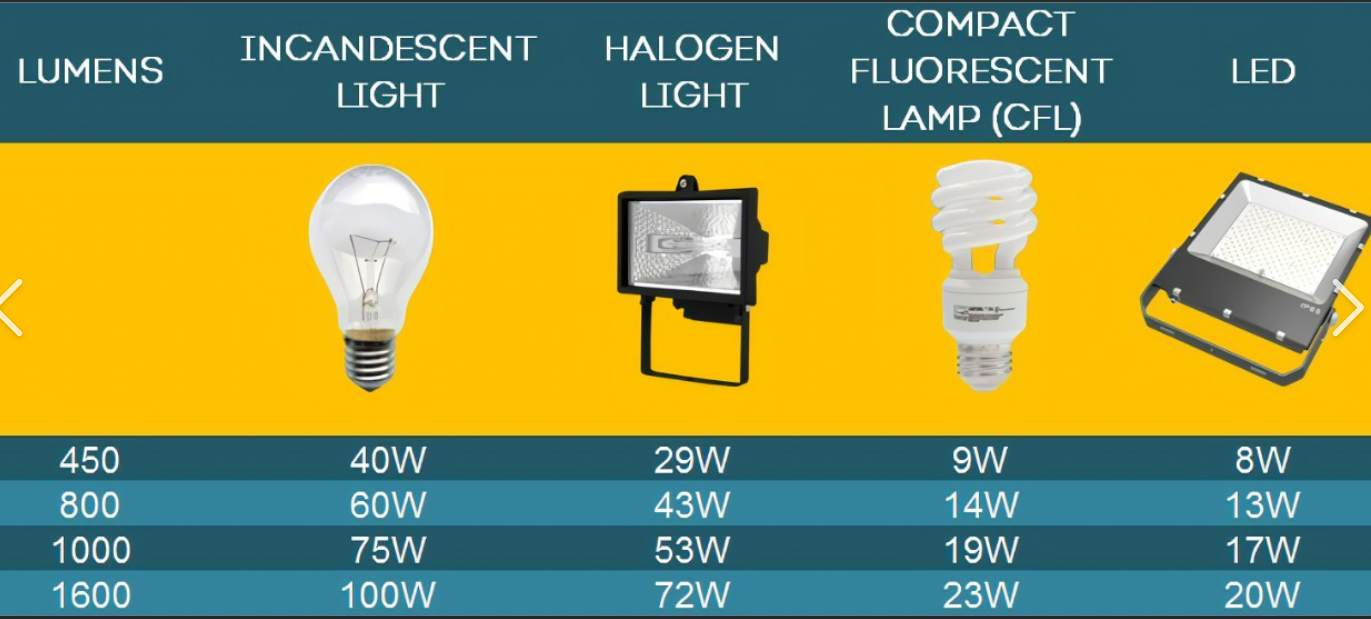LED lighting vs CFLs
We've previously written about the differences between LED lighting and general lighting like fluorescent and halogen lamps. LED lighting is more energy efficient than general lighting. But don't we already have energy-saving lamps? Which is actually "better": LED lights or CFLs? In this article, we pit the two against each other and compare them. Because if you're looking to replace your old lighting, it's good to know which type of lighting is best for you.
Advantages and disadvantages of energy-saving lamps compared with LED lamps
When you compare both lamps to incandescent lamps, they both perform well. If you're not sure whether you should invest in CFLs or LED lighting, it's wise to compare them. It is usually cheaper to buy energy-saving lamps than LED lamps. This is often the reason why people choose CFLs over LEDs. However, energy-saving lamps also have significant disadvantages compared to LED lighting. It takes a certain amount of time for an energy-saving lamp to "start up"; it takes a while for the lamp to burn at full power. Additionally, CFLs have a shorter lifespan and tend to emit very white light.
LED lights require no startup time and provide more comfortable light than CFLs. For example, LED lighting has far less vibration, so people are less likely to experience headaches or fatigue. Plus, there are many different colors on the market, and LED lighting is now dimmable too, so you won't suffer from bright, atmospheric white light. In addition, LED lighting has a longer lifespan and is more energy efficient than CFLs, making it more environmentally friendly.
The difference between energy-saving lamps and LED lighting
It is of course a result that LED lighting has more advantages compared to energy-saving lamps. The reason for this is the difference between the two in the first place, which is how they light up. Energy-saving lamps are CFLs, which are compact fluorescent lamps. Air flow through tubes filled with mercury vapor. When electrons from this current collide with mercury atoms, energy is released in the form of ultraviolet radiation, which is invisible. When this radiation hits the powder layer in the lamp glass wall, the UV radiation is converted into light.
The light from LED lamps is produced in a completely different way. LED stands for Light Emitting Diode and is a small light source. These LEDs are illuminated by the movement of electrons through the semiconductor material. There is virtually no heat release here, as is the case with CFLs. Less than incandescent bulbs - but still a large percentage of the energy - is used for heat rejection. This is not the case with LED lighting, which makes it more energy efficient and environmentally friendly. LED lighting vs energy-saving lamps? Then the LED light wins!
